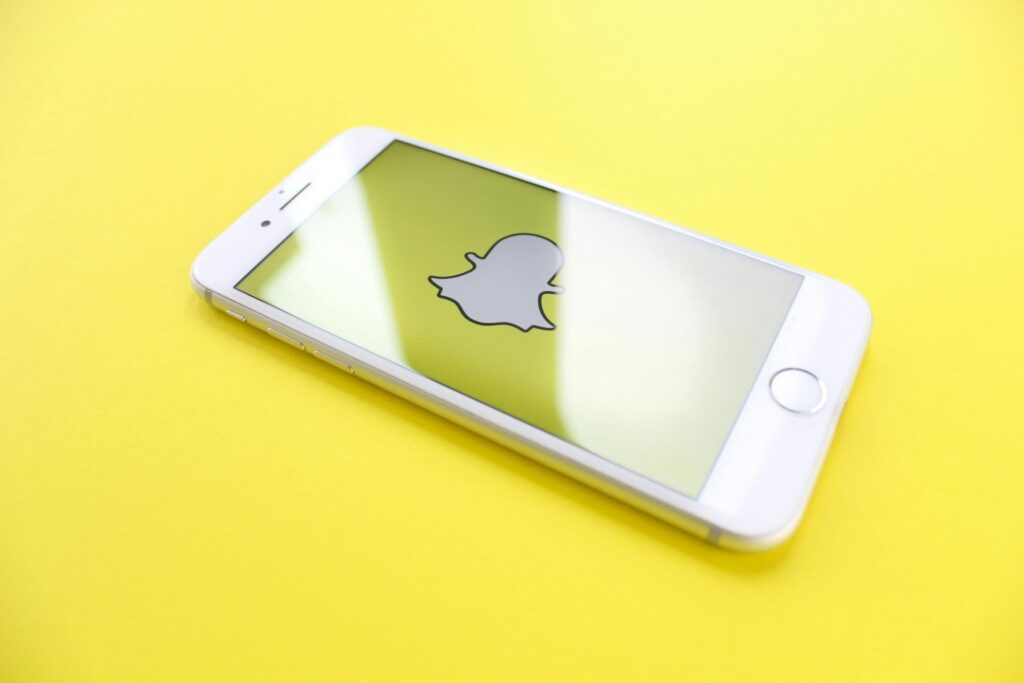Table of Contents
Social media has revolutionized the way people connect, communicate, and, most importantly, earn a living. With the rise of influencers, content creators, and online entrepreneurs, social platforms have become lucrative spaces for individuals to monetize their content and reach global audiences. But not all platforms are created equal when it comes to payouts. Let’s explore which social media platform offers the highest earning potential, diving deep into monetization models, earning benchmarks, and tips for maximizing income.
Factors That Influence Earnings on Social Media
Several factors determine how much a creator can earn on social media. While follower count is often the first consideration, engagement rates and the type of content also play pivotal roles. A creator with 50,000 highly engaged followers can earn more than someone with a million passive followers. Let’s break it down:
- Audience Size: Platforms often reward creators with larger audiences, but engagement is just as important. A loyal fanbase translates to better monetization opportunities.
- Engagement Rates: Likes, shares, and comments signal active audience participation. Higher engagement can lead to better algorithmic promotion and higher ad revenue.
- Content Type: Some platforms favor video content (e.g., YouTube and TikTok), while others thrive on imagery (Instagram) or live streaming (Twitch).
- Revenue Streams: Monetization methods include ad revenue, brand partnerships, affiliate marketing, subscriptions, and merchandise sales. A diverse set of revenue streams typically means higher earnings.
Major Social Media Platforms and Their Monetization Models
1. YouTube

YouTube’s Partner Program (YPP) has long been the gold standard for content monetization. Creators can earn through ad revenue, channel memberships, Super Chats, and merchandise integrations.
- Ad Revenue: YouTube pays creators based on views and ad engagement. CPMs (Cost Per Thousand Impressions) typically range from $1 to $10 depending on the niche and audience location.
- Memberships: Fans can subscribe for exclusive content, offering creators a steady income stream.
- Earnings Benchmark: Mid-level creators can earn between $3,000 and $5,000 monthly with consistent uploads and good engagement.
2. TikTok

TikTok’s short-form video model has made it a hotbed for viral content and monetization.
- Creator Fund: TikTok pays based on views, engagement, and location. However, the payouts per view are relatively low.
- Brand Partnerships: TikTok’s fast-paced, engaging content style is ideal for sponsored posts.
- CPM Comparison: While TikTok’s CPM is lower than YouTube’s, viral content can make up for it with massive reach.
3. Instagram

Instagram’s visual-first approach allows creators to earn through sponsored posts, affiliate marketing, and new monetization features like Reels Bonuses.
- Sponsored Content: Brands pay influencers to showcase their products. Rates vary widely depending on the influencer’s niche and following.
- Reels Bonuses: Meta’s recent initiative rewards creators for engaging, short-form videos.
- Earnings Benchmark: High-tier influencers can charge upwards of $10,000 per post.
4. Facebook

Facebook remains a strong contender with its monetization options for video creators and brands.
- In-Stream Ads: Creators can earn revenue from ads embedded in their videos.
- Fan Subscriptions: Viewers can subscribe for exclusive perks.
- Audience Consideration: Facebook’s older demographic often leads to higher spending power per user.
5. Twitter/X

Elon Musk’s rebranding of Twitter to X introduced new monetization options, including ad revenue sharing and paid subscriptions.
- Ad Revenue Sharing: Creators earn a portion of the ad revenue generated by their posts.
- Paid Subscriptions: Fans can pay for exclusive tweets or content.
6. Twitch

Twitch has become synonymous with gaming and live streaming monetization.
- Subscription Tiers: Creators earn a share of their subscribers’ monthly fees.
- Bits and Donations: Fans can donate directly during live streams.
- Sponsorships: Gaming brands often partner with Twitch streamers, offering lucrative deals.
7. Snapchat

Snapchat’s unique Spotlight program allows creators to earn payouts for viral content.
- Spotlight Payouts: Monthly payouts to top-performing creators can reach six figures.
- Snap Ads: Creators can integrate ads within their Stories.
Comparing Earnings Across Platforms
- YouTube: $3-$10 per 1,000 views.
- TikTok: $0.02-$0.04 per 1,000 views through Creator Fund.
- Instagram: $100-$10,000+ per post for sponsored content.
- Facebook: $1-$5 CPM for in-stream ads.
- Twitter/X: Ad revenue payouts vary significantly but can be lucrative for high-engagement accounts.
- Twitch: $2.50 per subscriber, plus donations and sponsorships.
Top Earning Creators
- YouTube: MrBeast reportedly earns over $50 million annually through ads, brand deals, and merchandise.
- TikTok: Charli D’Amelio earns millions through brand partnerships and her TikTok presence.
- Instagram: Celebrities like Cristiano Ronaldo earn up to $2 million per sponsored post.
Pros and Cons of Each Platform for Creators
YouTube
- Pros: High earning potential, long-form content longevity.
- Cons: High competition and significant time investment.
TikTok
- Pros: Viral potential and low entry barrier.
- Cons: Lower CPMs and unpredictable algorithm.
- Pros: Established audience for luxury and lifestyle niches.
- Cons: Requires high-quality visuals and constant updates.
Twitch
- Pros: Real-time audience interaction and high fan loyalty.
- Cons: Time-intensive streaming schedules.
Tips to Maximize Earnings Across Platforms
- Diversify Revenue Streams: Don’t rely on a single monetization method. Combine ad revenue, sponsorships, and product sales.
- Engage with Your Audience: Build a loyal fanbase by interacting regularly.
- Leverage Analytics: Use platform tools to understand what content resonates most.
- Expand to Multiple Platforms: Cross-post content to reach different audiences and increase income potential.
- Stay Consistent: Regular content updates keep followers engaged and algorithms favorable.
When it comes to earning potential, each platform offers unique opportunities tailored to different types of creators. YouTube often stands out for its robust ad revenue system, while Instagram and TikTok excel in brand partnerships and viral reach. The best platform for you depends on your niche, audience, and content style. Success comes down to understanding the monetization landscape, staying consistent, and diversifying your revenue streams. So, which platform will you master to turn your passion into profit?

